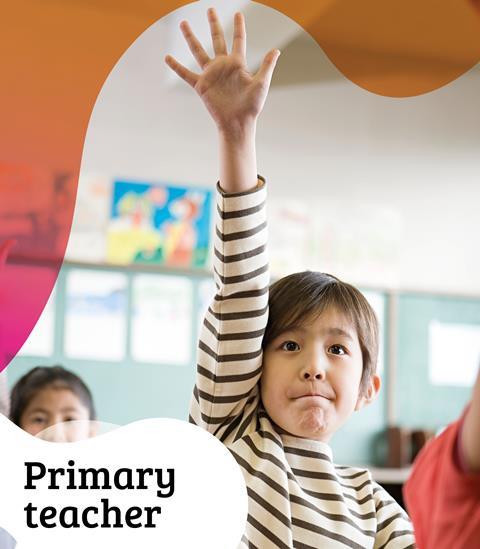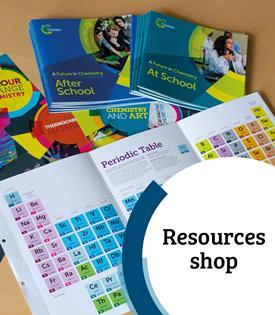
Kirsty Patterson
Kirsty is the assistant commissioning editor for teaching resources at the Royal Society of Chemistry.
She previously taught physics and chemistry at secondary schools in Cambridgeshire and London from 2012–2020. Kirsty obtained a PGCE in secondary science (physics) from the Institute of Education following an undergraduate degree in geophysics at Imperial College London.
 Resource
ResourceDifferent allotropes of carbon | Johnstone’s triangle worksheets | 14–16 years
Use these worksheets to get learners thinking about carbon allotropes at different levels, from sub-microscopic structures to macroscopic properties
 Resource
ResourceCovalent bonding in water | Johnstone’s triangle worksheets | 14–16 years
Use these worksheets to develop learners’ understanding of covalent bonding, including symbolic models and how macroscopic properties relate to the type of bonding
 Resource
ResourceMetallic bonding in copper | Johnstone’s triangle worksheets | 14–16 years
Use these worksheets to develop learners’ understanding of metallic bonding, including symbols and diagrams and how macroscopic properties relate to the type of bonding
 Resource
ResourceIonic bonding in table salt | Johnstone’s triangle worksheets | 14–16 years
Use these worksheets to develop learners’ understanding of ionic structures and bonding, including symbols and diagrams and how macroscopic properties are related to bonding
 Resource
ResourceLife cycle assessment: shopping bags | 14–16 years
Slides, scaffolded worksheets and teacher notes to introduce learners to life cycle assessments using a real-world example
 Poster
PosterHow to draw ionic bonding dot and cross diagrams
Use this step-by-step approach to help your 14–16 students master ions
 Resource
ResourceScrutinising shampoo bottles | 11–14 years
Delve into the world of cosmetics labelling with this activity which takes a close look at the ingredients printed on the back of your shampoo bottles. What are they for and should we be concerned about any of them?
 Ideas
IdeasShould we let students write on tables?
Use this handy technique to effectively engage disinterested learners
 Resource
ResourceIons logic puzzle | 14–16 years
A fun logic puzzle which tests learners’ recollection of the relationship between periodic group number and charge on simple ions
 Resource
ResourceCovalent bonding tiles | 14–16 years
Help learners to visualise the shape and structure of simple covalent molecules with these manipulative covalent bonding tiles.
 Poster
PosterHow to draw dot and cross diagrams
Use this step-by-step approach to covalent bonding with your 14–16 learners
 Experiment
ExperimentPractical potions microscale | 11–14 years
Observe chemical changes in this microscale experiment with a spooky twist.

 Ideas
IdeasTeaching chemical changes (at Halloween)
Turn your younger students into wizards at chemistry with these simple practical ideas
 Poster
PosterHow to draw electron configuration diagrams
Use this step-by-step to get your 14–16 students drawing electron configuration diagrams confidently
 Practical video
Practical videoConservation of mass | practical videos | 14–16 years
Video and supporting resources for two practical experiments exploring conservation of mass.
 Feature
FeatureYour place or mine? The local business of lithium mining
Lithium-ion batteries will power the next generation of electric cars, but how can we mine lithium with minimal impact on the environment?
 Feature
FeatureMaking materials from biomass
Biomass is regularly used as fuel, but have we been overlooking this sustainable resource as a source of chemical building blocks?
 Resource
ResourceRusting: a lateral thinking problem | 11–14 years
Learners apply their knowledge of rusting in the context of shipwrecks. A lateral thinking exercise and planning an investigation will help them develop higher-order skills.











